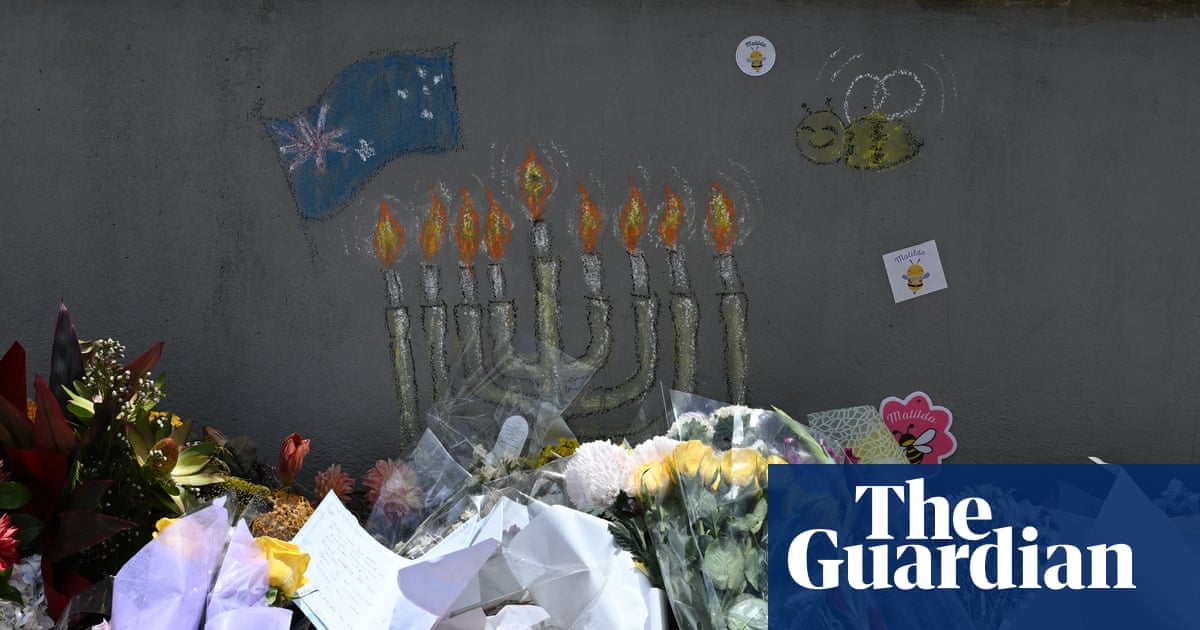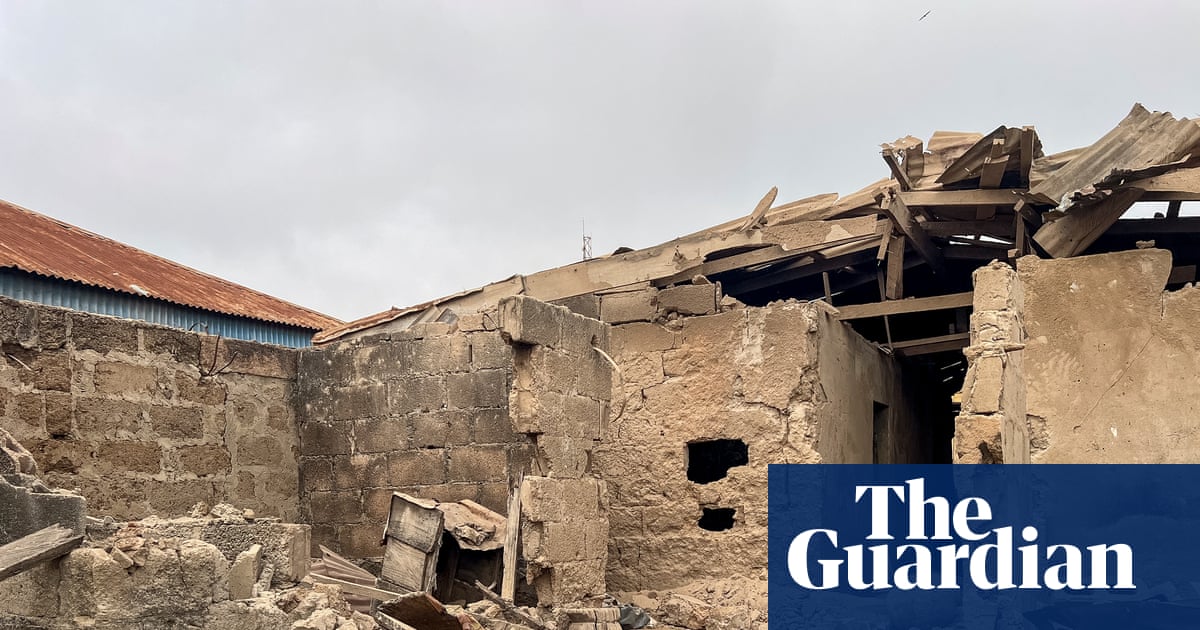Hawaii’s Kilauea volcano resumed erupting on Tuesday, firing lava 330 ft (100 meters) into the sky from its summit crater.
It’s the 32nd episode of the volcano releasing molten rock since December 2024, when its current eruption began. So far, all the lava from this eruption has been contained within the summit crater inside Hawaii Volcanoes national park.
Lava emerged from the north vent in Halemaʻumaʻu crater after midnight. The vent began shooting fountains of lava at 6.35am, the US Geological Survey said. By mid-morning, it was also erupting from the crater’s south vent and a third vent in between.
A lower magma chamber under Halemaʻumaʻu crater is receiving magma directly from the earth’s interior about 5 cubic yards (3.8 cubic meters) per second, said Ken Hon, the scientist-in-charge at the Hawaiian Volcano Observatory. This blows the chamber up like a balloon and forces magma into an upper chamber. From there, it gets pushed above ground through cracks.
Magma has been using the same pathway to rise to the surface since December, making the initial release and subsequent episodes all part of the same eruption, Hon said.
Many have featured lava soaring into the air, in some cases more than 1,000 ft (300 meters). The fountains are generated in part because magma – which holds gasses that are released as it rises – has been traveling to the surface through narrow, pipe-like vents.
The expanding magma supply is capped by heavier magma that had expelled its gas at the end of the prior episode. Eventually enough new magma accumulates to force the degassed magma off, and the magma shoots out like liquid out of a champagne bottle that was shaken before the cork was popped.
Kilauea is one of the world’s most active volcanoes. It’s located on Hawaii Island, the largest of the Hawaiian archipelago. It’s about 200 miles (320 km) south of the state’s largest city, Honolulu, which is on Oahu.
This is the fourth time in 200 years that Kilauea has shot lava fountains into the air in repeated episodes. There were more episodes the last time Kilauea followed this pattern: the eruption that began in 1983 started with 44 sessions of shooting fountains. Those were spread out over three years, however. And the fountains emerged in a remote area so few got to watch.
The other two occurred in 1959 and 1969.
Scientists don’t know how the current eruption will end or how it may change. In 1983, magma built enough pressure that Kilauea opened a vent at a lower elevation and started continuously leaking lava from there rather than periodically shooting out of a higher elevation. The eruption continued in various forms for three decades and only ended in 2018.
Something similar could happen again. Or the current eruption could instead stop at the summit if its magma supply peters out.
Scientists can estimate a few days or even a week ahead of time when lava is likely to emerge with the help of sensors around the volcano that detect earthquakes and minuscule changes in the angle of the ground, which indicate when magma is inflating or deflating.
“Our job is like being a bunch of ants crawling on an elephant trying to figure out how the elephant works,” Hon said.
The lava fountains have been shorter lately. Steve Lundblad, a geology professor at University of Hawaii at Hilo, said the vent may have gotten wider, leaving molten rock less pressurized.
“We’re still gonna have spectacular eruptions,” he said. “They’re just going to be wider and not as high.”

 3 months ago
51
3 months ago
51

















































